-
Senior Member
registered user
A shorter way to find a process and its process-id (PID) by name:
In most cases a hanging program will not respond to
, but this will send the program a SIGTERM(inate)-signal, and it may save important data and exit more cleanly. Sometimes it works, and it's the preferable solution in most cases. Perhaps the program uses some resources (files, devices, database- or internet-connection, ...) which it may release.
If you use 'top' on the CLI, you may look at all processes, and hit 'k' to kill one, then '15' to kill by signal 15, if it doesn't vanish in 3-5 sec. hit 'k' again, and kill with signal 9 (SIGKILL).
If you send '9' it will be killed immediately.
---
To the original question:
Linux was designed as multiuser/ multitasking/ networking- system from the beginning.
Most things are developed to open standards, most of them being used in unix-systems for a long time.
But I don't know how WinNT evolved, which is one part of the XP-history as far as I know.
The other part came from the well known Dos/win2.0, 3.1, 3.11, 95, 98, ME - history.
On Linux, the kernel is totally separeted from the graphic-layer (X11), and this is distinct from Desktop-Systems (fluxbox/ KDE/ gnome/ ...). So you may exchange your Desktop. You could exchange the X11 with something else - but here I don't talk from experience.
I update my kernel often - every two or three months - but my apps, X11 and fluxbox aren't affected at all.
The linux-way is usually, to program against open interfaces, to use open protocols and formats. You get a lot of control over your system, but have to do a lot of things yourself, and need some knowledge.
For beginners it's often hard.
The windows-way is, to make it easy for beginners, to hide technical details, to use closed, proprietary protocols. Things work automatically, but can't be customized.
It's easy for beginners, but hard for experts.
The evolution of both OS's is of course very different.
On linux, every programer who finds a bug or needs a feature may change the sources, and try to get it into the original branch. If it is well done this isn't a problem.
Of course a secretary or a dentist will normally not know how to debug a program, or even send an appropriate feature-request.
The second one might be learned easily, but most people are contact avoiding, and don't have the heart, to ask foreign people for help (it's easier in such a anonymous forum).
On windows, they will get bugreports too.
I don't know how the management decides, how to react on such requests, but I guess money plays a prominent role. And perhaps the only one.
I never heared from somebody, that he asked microsoft to fix something, and got a fixed program.
But they have servicepacks (which breaks third-party software - hoho, and is 250 MB in size, hehe).
How the kernels work inside, I don't know.
I'm no kernel-guru and don't know the linux-kernel from inside.
For windows, where you don't get the sourcecode, only few will know how it works.
I heared that the distinction between user-mode and root(admin)-mode isn't that well designed on windows. But it's only a second-hand information.
-
Senior Member
registered user
NT has a strong VMS root which is a better OS than *unix IMO. And its design didn't tie with GUI either. However, WIN32 is the only sub system exist on it even though MS has coined a POSIX subsystem(which can run most of the apps for *nix) in its early days.
The secuirty system of NT(thus Windows) are much more advance than linux too. all those secure linux/acl etc. stuff that begins to appear in 2.6 as a standard feature was there in NT(and there is more). Unfortunately, to easy end user confusion, Microsoft lax it a lot resulting in an implementation that makes you think that NT's security model is bad.
-
Xkill > Utilities / More / Xkill
-
Junior Member
registered user
I know this is probably a stupid question, but what are the major differences between windows and linux/unix as far as OS Design goes?
There's a useful article in The Register on this topic:
http://www.theregister.co.uk/2004/03...tware_enhance/
-
Junior Member
registered user
How do I kill frozen program without killing the whole beast

Originally Posted by
cyberstew

Originally Posted by
champagnemojo
It's not only stable, but it also gives you so much more control. You're not binded by the options included in a particular gui screen. I also like how an app can freeze up the whole screen (which would incapacitate windows) and you can just drop back into a terminal and kill the offending program. There are lots of reasons...and I imagine everybody likes different parts. I also love that every program I need is free and can be installed within seconds. As far as which is faster, I have a very streamlined windows install on both my desktop and my laptop. Linux still beats windows on both systems.
Getting used to using it and learning to configure things and such are tough in the beginning (although knoppix really makes it as easy as possible). But it's worth it if you stick it out.

How
do you kill programs in Knoppix?

I just experienced a freeze in Mozilla and I tried every combination of ctrl-esc-alt-Del that I could think of, but nothing ever happened. Several times, when running from CD, I froze Konqueror and tried ctrl-alt-del (Windows Task Manager) and it apparently did an emergency shutdown of all processes, ending with remove CD and press any key to shutdown. This time, now from beginners HD install, I got NO reaction to anything. Finally had to power off. Any suggestions? 
-
Administrator
Site Admin-
-
Senior Member
registered user
You may also get an additional terminal and call , which gives you a square, and if you klick with that square on a window, the programm to which the window belongs, get's killed.
Another possiblity is, to shut the whole X11-System down by ctrl-alt-backspace in most configurations.
If you use a graphical login, this leads to a halt or reboot - another argument against graphical logins btw.
And is also able to kill processes: You get a list of all processes (which fit on your window) and may issue the 'k' command. Then you get asked which process you like to kill (which pid), and then may choose a way to kill it - friendly (15) or agressive (9).
Similar Threads
-
By Kayen in forum Hdd Install / Debian / Apt
Replies: 14
Last Post: 03-29-2005, 12:42 PM
-
By thegroover in forum General Support
Replies: 3
Last Post: 07-08-2003, 09:59 AM
-
Replies: 1
Last Post: 06-15-2003, 01:26 AM
-
By eadz in forum The Lounge
Replies: 6
Last Post: 02-13-2003, 05:46 AM
 Posting Permissions
Posting Permissions
- You may not post new threads
- You may not post replies
- You may not post attachments
- You may not edit your posts
-
Forum Rules

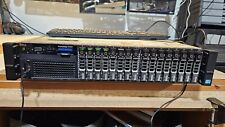
Dell PowerEdge R720 Server - 2x8c CPU,256Gb RAM, 128Gb SSD/3x600Gb SAS, Proxmox
$360.00
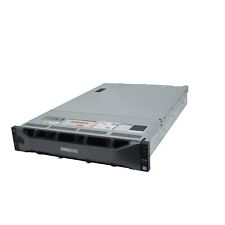
Dell EMC NX3230 Server
$599.99
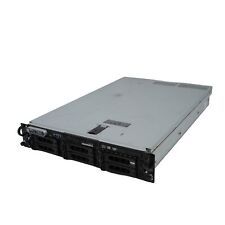
Dell PowerEdge 2950 (NO HDD) - (2x) Quad Core Xeon X5365 (3.0GHz), 16GB RAM
$69.99
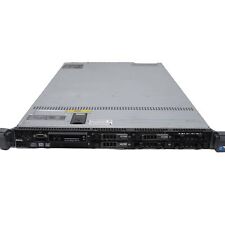
Dell PowerEdge R610
$80.00
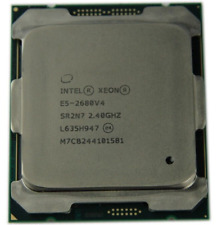
Intel Xeon E5-2680 v4 2.4GHz 35MB 14-Core 120W LGA2011-3 SR2N7
$17.99
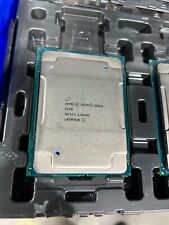
Intel Xeon Gold 6140 SR3AX 2.3GHz 18-Core Processor CPU
$44.99
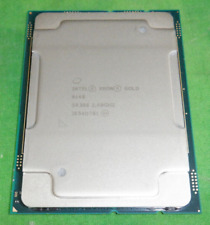
INTEL XEON GOLD 6148 20 Core SR3B6 2.4GHZ 27.5MB Processor @24
$99.99
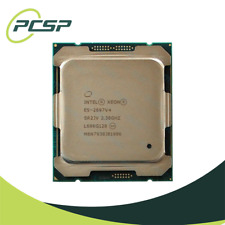
Intel Xeon E5-2697 V4 2.30 GHz 18C 2011-3 2400MHz 45MB 145W SR2JV CPU Processor
$49.99

Lenovo ThinkStation P920 1.5TB SSD OS Intel Xeon Silver, 2.40 GHz 16GB Desktop
$680.00
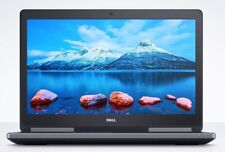
Dell Precision 7510 Laptop PC Computer 15.6" Xeon 16GB RAM 512GB SSD Windows 10
$314.99



 Reply With Quote
Reply With Quote










